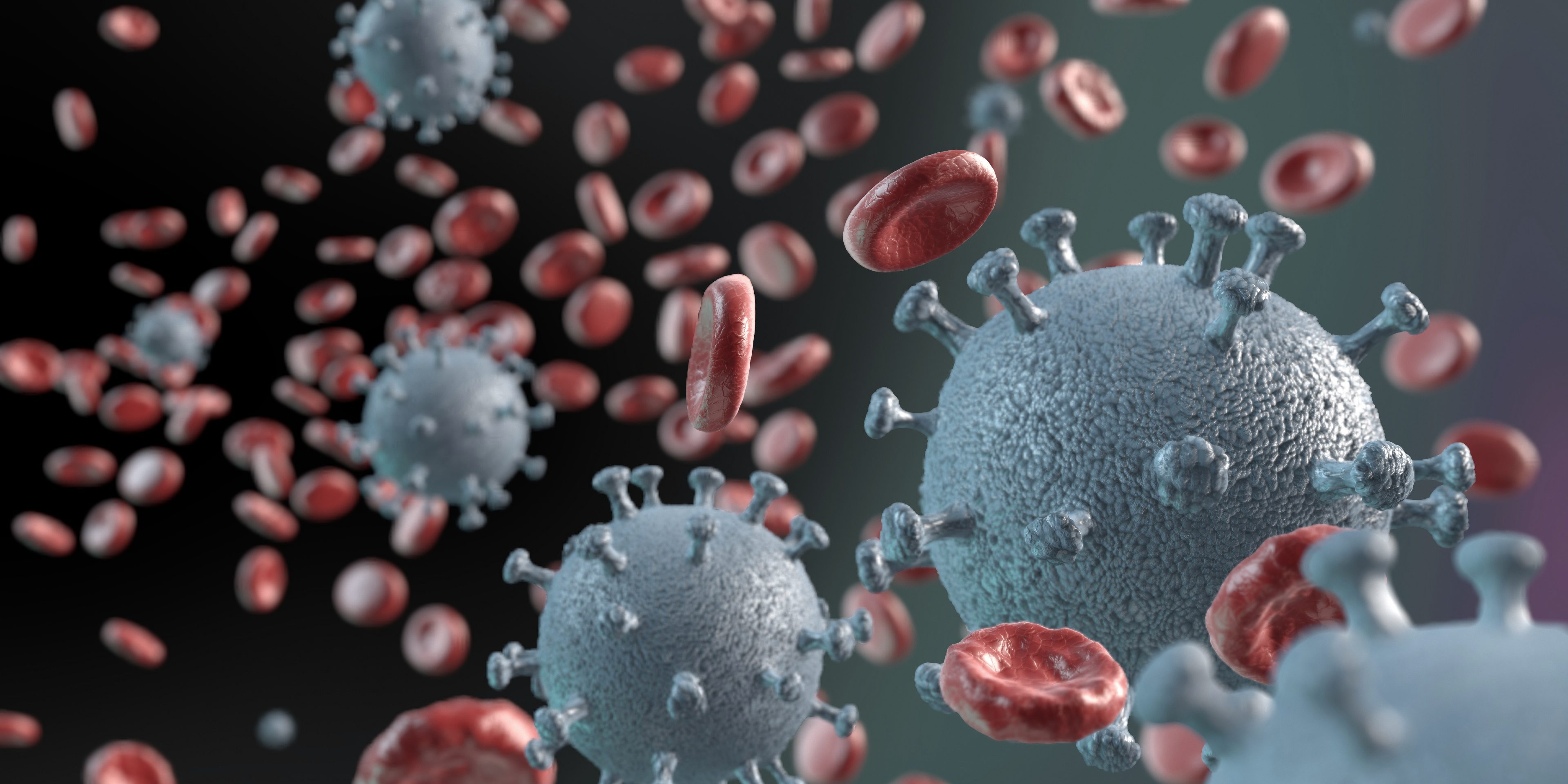How to avoid cross-contamination?
COVID-19 is a highly contagious disease which can easily and rapidly be transmitted from one person to other, if proper precautions are not taken. In a hospital setting where COVID-19 patients are treated, hospital staffs are the first ones who come in contact with infected patients therefore, clear infection control guidelines are imperative. According to latest available information, the spread of coronavirus infection occurs through droplets therefore, precautionary methods like medical mask, gown, gloves, protective eye gear and use of sanitizers are put in place.
COVID-19 patients requiring general radiography ought to get it through portable imaging systems to restrict transportation, or in dedicated units. Patients who need to be transported to imaging department must be moved only after proper gowning and masking. Machines including imaging instruments and other equipment utilized during examinations must be thoroughly cleaned and disinfected after the procedure.
Also, clinicians attending COVID-19 patients must exercise required precautionary measures to avoid cross contamination.
What about non-urgent care?
Any non-urgent medical procedure, OPD consultations must be rescheduled. Also, according to The British Society of Skeletal Radiologists, intra-articular, soft tissue and perineural steroid injections should not be performed as they may reduce viral immunity.
CT Protocol for COVID-19
COVID-19 patients who require CT should receive a non-contrast chest CT (unless iodinated contrast medium is indicated) with reconstructions of volume at 0.625 mm to 1.5 mm slice thickness. If iodinated contrast is referred (for instance in case of a CT pulmonary angiogram), a non-contrast scan should be considered before administering contrast as contrast may interfere in the interpretation of GGO patterns.
Radiographic features of COVID-19
Chest radiography is the most preferred imaging modality in patients suspected of COVID-19. The primary findings of COVID-19 on chest radiograph and CT are similar to that of atypical pneumonia or organizing pneumonia. COVID-19 has extremely limited sensitivity towards imaging. Findings indicate that about 18% of COVID-19 patients demonstrate normal chest x-ray or CT findings during initial stages. However, the proportion decreases to 3% in severe stages of infection.
To avoid contamination, it is advised to make use of portable radiography units. Chest radiographs may be normal in early stages or milder version of coronavirus infection. Findings are more pronounced about 10-12 days after symptoms appear. Radiography findings in COVID-19 reveal asymmetric patchy or diffuse airspace opacities.
CT findings
CT findings in adults affected with COVID-19 demonstrates the following
- Ground-glass opacities (GGO): bilateral, sub pleural, peripheral
- Crazy paving appearance (GGOs and inter-/intra-lobular septal thickening)
- Air space consolidation
- Broncho vascular thickening in the lesion
- Traction bronchiectasis
Atypical CT findings
In a small minority of patients, CT findings reveal certain atypical findings which can be suggestive of various ailments like:
- Mediastinal lymphadenopathy
- Pleural effusions: may occur as a complication of COVID-19
- Multiple tiny pulmonary nodules (unlike many other viral pneumonia)
- Tree-in-bud
- Pneumothorax
- Cavitation
Ultrasound
Preliminary investigations on Chinese COVID-19 patients suggest that lung ultrasound may be useful in the evaluation of critically ill COVID-19 patients. Ultrasound findings suggestive of severe coronavirus infection include:
- Multiple B-lines
- Ranging from focal to diffuse with spared areas
- Representative of thickened sub pleural interlobular septa
- Irregular, thickened pleural line with scattered discontinuities
- Sub pleural consolidations
- Can be associated with a discrete, localized pleural effusion
- Relatively avascular with color flow Doppler interrogation
- Pneumonic consolidation typically associated with preservation of flow or hyperemia
- Alveolar consolidation
- Tissue-like appearance with dynamic and static air Bronchograms
- Associated with severe, progressive disease
- Restitution of aeration during recovery
- Reappearance of bilateral A-lines

